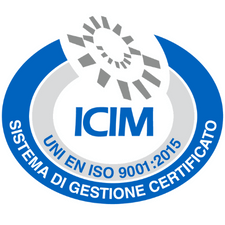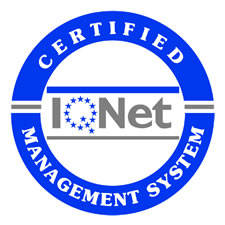
Our training courses on control valves are mainly aimed at the technicians of the managing bodies and at all the companies willing to install new hydrovalves.
For this reason, during the course are covered, adapting to the specific needs of the participants, all the topics necessary to learn how to correctly manage the operation of regulation on hydrovalves and ordinary maintenance.
The lessons include a first theoretical part in classroom followed by demonstrations and practical exercises.
To this end, a test bench has been created at our headquarters with the installation of three different types of hydrovalves: a pressure relief valve, a pressure reducing and stabilising control valve and a float-type regulator valve.
At the end of the course a certificate of attendance is awarded.
[layerslider id=”10″]
THE CONTROL VALVES
Automatic piston or diaphragm control valves, commonly called hydrovalves, allow several types of regulation (pressure, flow rate, tank levels, etc.) without the need for electrical power or automation systems as their operation is entirely hydraulic.
The energy required for their operation is in fact supplied directly by the pressure from the fluid present in the same pipeline that the valve is intended to manage.
In summary, the procedure is as follows: the fluid taken upstream is conveyed through an external circuit in a special chamber managed by one or more pilots, selected according to the function required by the main valve and inserted in a special hydraulic circuit. If the pressure in the target chamber increases the valve closes, if the pressure decreases the valve opens instead. Any situations of equilibrium are overcome thanks to the force exerted by the spring that tends to close the valve.
FURTHER DETAILS ON PLUNGER FLOW VALVES AND AUTOMATIC CONTROL VALVES




